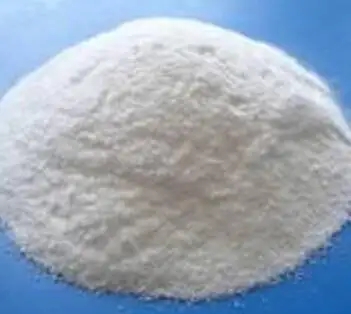
 CONTACT
CONTACT
- Linkman:Linda Yao
- Tel: +8618231198596
- Email:linda.yao@dcpharma.cn
- Linkman:CHARLES.WANG
- Department:Overseas
- Tel: 0086 0311-85537378 0086 0311-85539701
High Purity ε- Polylysine hydrochloride
TIME:2024-03-15
Testing high-purity ε- Polylysine hydrochloride requires a series of precise and reliable analytical methods. Here are some suggested steps and considerations:
1.Purity Testing:
·Physical Analysis: Preliminary assessment of purity can be made by observing the color, shape, density, and solubility of the substance. High-purity ε- Polylysine hydrochloride should typically exhibit uniform color and shape. Accurate measurements of density and solubility can further provide evidence of purity.
·Chemical Analysis: Impurities in the sample can be detected through chemical reactions. By conducting a series of chemical reaction experiments and observing the sample's reactions, its purity can be determined. Substances with higher purity usually exhibit stable properties in chemical reactions.
2.Spectral Analysis:
·UV-Visible Absorption Spectroscopy: This method can detect specific chemical bonds or functional groups in the sample, inferring its structure and purity.
·Infrared Spectroscopy: By analyzing the sample's absorption characteristics in the infrared region, its molecular structure and functional groups can be determined, further validating purity.
·Mass Spectrometry: Mass spectrometry provides detailed information such as molecular weight, molecular formula, and molecular structure, aiding in the assessment of ε- Polylysine hydrochloride's purity and composition.
3.High-Performance Liquid Chromatography (HPLC):
·HPLC is an efficient and precise separation and analysis technique, particularly suitable for detecting and analyzing complex compound mixtures. Through HPLC, ε- Polylysine hydrochloride and potential impurities can be separated and quantitatively determined, accurately assessing its purity.
4.Nuclear Magnetic Resonance (NMR):
·NMR is a powerful structural analysis technique, offering detailed information about the sample's molecular structure and chemical environment. NMR analysis can further validate the purity and structure of ε- Polylysine hydrochloride.
5.Comparison with Reference Standards:
·If high-purity ε- Polylysine hydrochloride reference standards are available, comparing the test sample with the standard can provide a more accurate assessment of the sample's purity by comparing physical properties, chemical properties, and spectral characteristics.
Testing high-purity ε- Polylysine hydrochloride typically requires specialized equipment and skilled personnel for operation. Therefore, it is recommended to seek assistance from professional laboratories or institutions when conducting purity testing to ensure the accuracy and reliability of results.
- Tel:+8618231198596
- Whatsapp:18231198596
- Chat With Skype







